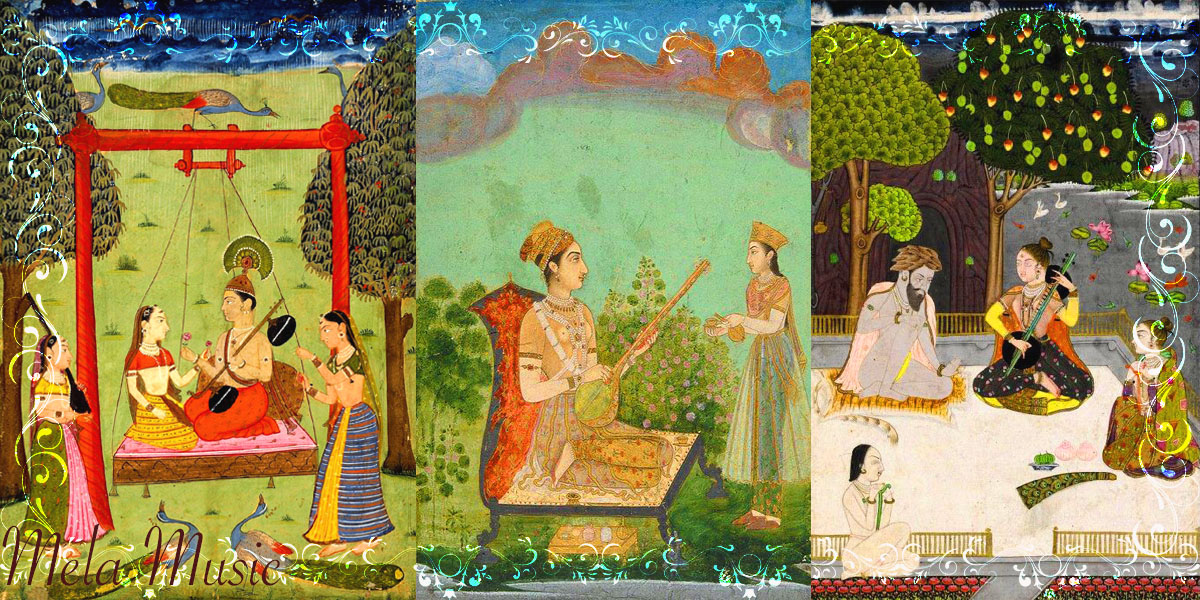
Raga Kedar is a captivating and melodic raga from the Hindustani classical music tradition. It is typically performed in the late evening, creating a contemplative and introspective atmosphere. Raga Kedar offers ample scope for emotional exploration, with a range of moods from introspective and melancholic to serene and devotional. It provides a rich platform for musicians to express their creativity through intricate melodic patterns, graceful ornamentations, and emotive phrasings.
The compositions in Raga Kedar are often expressed through slow and medium-paced compositions, allowing for the melodic nuances to be explored and appreciated. The raga lends itself beautifully to improvisation, with musicians skillfully weaving intricate melodic patterns known as taans, creating a mesmerizing musical experience.
Notable musicians and composers have composed and performed in Raga Kedar, contributing to its popularity and significance in the Hindustani classical music repertoire. It has also found its place in semi-classical forms such as Thumri, Dadra, and Bhajan, showcasing its versatility and adaptability across different musical genres.
Overall, Raga Kedar is cherished for its soul-stirring melodies, introspective nature, and the scope it provides for artistic expression and musical exploration.
